Businesses' operations, innovations, and growth are rapidly changing due to generative AI. From automating the creation of content to simplifying the communication with a customer and coming up with beautiful visuals, these are the tools that are changing what productivity means in 2025. As AI models such as GPT-4o and multimodal technologies develop and progress, opportunities to utilize their capabilities are now open to businesses of all sizes and have the potential (as seen in large tech corporations before) to lead to the creation of multimodal metaverses in the future. Generative AI will allow you to save time and money, bring your startup into a competitive position, manage a marketing team, or lead the process of product development. Here at this blog, we specifically selected the top 10 generative AI tools that are already showing real-life business outcomes in 2025. Both tools are different with features and applications to increase productivity, promote creativity, and speed development. So, let us go deeper into tools to help give your business a boost this year.
How to Pick the Most Effective Generative AI Tool for Your Business
The first step toward the selection of a proper generative AI tool is to define your own business objectives, i.e., either better customer service, content creation, or automation processes. Ensure that you find the right tools to use based on your needs that can be incorporated into your current systems. Look at the learning curve: an elegant interface can increase the pace of adoption within teams. Budget is also an important factor. Most of the tools have flexible rates per usage or team. Choose the platforms that have good data security, in particular, when dealing with sensitive information. And lastly, take a free trial or demo of a couple of the tools before committing. The most effective AI tool would be one that would improve your productivity and yet one that would not complicate the workflow.
The 10 Best Generative AI Tools for Business Use in 2025
Generative AI is changing how companies work, innovate, and grow in 2025. These tools provide state-of-the-art solutions within industries that include automation of content creation to improved customer interactions. The top 10 generative AI tools every progressive business should consider using this year are below.
1. ChatGPT
What it does:
ChatGPT is a versatile AI chatbot built on OpenAI’s GPT-4o model, capable of text generation, reasoning, image interpretation, voice interaction, and coding.
Best use cases:
- Customer support automation
- Internal knowledge assistants
- Content creation & summarization
- Code generation and technical documentation
Pricing:
- Free (GPT-3.5)
- Plus Plan ($20/month) for GPT-4o access
Pros:
- Multimodal (text, image, voice)
- Easy to use for non-tech teams
- Wide plugin and API ecosystem
Cons:
- May require prompt engineering for optimal output
- Limited offline functionality
2. Jasper AI
What it does:
Jasper is a generative artificial intelligence tool designed for use by content and marketing teams. It develops quality in brand copy on the platforms.
Best use cases:
- Blog writing and SEO content
- Social media posts and email campaigns
- Ad copy and landing pages
Pricing:
- Starts at $49/month (Business plans available)
Pros:
- Built-in brand voice and style guides
- Pre-built marketing workflows
- Collaboration features for teams
Cons:
- Limited flexibility beyond marketing tasks
- More expensive than general-purpose AIs
3. MidJourney
What it does:
Midjourney is an artificially intelligent application that creates beautiful, artistic imagery out of text instructions—perfect to use with creative and visual work.
Best use cases:
- Product concept design
- Social media visuals
- Branding and campaign mockups
Pricing:
- Starts at $10/month (Basic Plan)
Pros:
- Exceptional artistic and surreal visuals
- Community-driven with Discord support
- Quick outputs
Cons:
- No web interface—only works via Discord
- Limited commercial use options on lower-tier plans
4. Synthesia
What it does:
Synthesia makes the AI videos with the help of a digital avatar in order to avoid using cameras, actors, and editing crews.
Best use cases:
- Training and onboarding videos
- Explainer content
- Personalized video messages
Pricing:
- Starts at $29/month (Personal); Custom for Enterprise
Pros:
- Supports 120+ languages
- Fast video turnaround
- No technical skills required
Cons:
- Avatars may look slightly robotic
- Limited design flexibility compared to traditional video tools
5. Runway ML
What it does:
Runway's AI-powered generative video editing lets users create, edit, and remix videos in just a few minutes.
Best use cases:
- Short-form marketing videos
- Creative edits for social platforms
- AI-driven video generation
Pricing:
- Free tier available; Paid plans start at $15/month
Pros:
- Innovative Gen-2 video model
- Web-based, no heavy software required
- Fast rendering times
Cons:
- Limited high-resolution export in free plans
- May not replace professional-grade editors for complex projects
6. Copy.ai
What it does:
Copy.ai has AI that creates marketing copy, email sequences, and business content that is specific to your target audience.
Best use cases:
- Sales email automation
- Product descriptions
- Blog outlines and LinkedIn posts
Pricing:
- Free plan available; Pro plan from $49/month
Pros:
- Pre-built workflows for marketers
- Supports multiple tones and styles
- Time-saving automation features
Cons:
- The output sometimes needs heavy editing
- May lack originality for complex topics
7. Notion AI
What it does:
Notion AI increases the functionality of the Notion Workspace with the probing capabilities on workspaces, including summarization, rewriting, brainstorming, and task creation.
Best use cases:
- Project planning
- Meeting note summarization
- Task management
Pricing:
- Notion AI add-on: $10/month per user (on top of regular Notion pricing)
Pros:
- Embedded in an all-in-one workspace
- Great for team collaboration
- Easy adoption for existing Notion users
Cons:
- Only works within Notion
- Complex inquiries might not be handled as well by specialized AI technologies.
8. Descript
What it does:
Descript allows you to edit audio and video content by directly changing the transcript, making media editing as easy as text editing. It is a video and audio editor driven by AI.
Best use cases:
- Podcast editing
- YouTube video creation
- Corporate training content
Pricing:
- Free plan; Paid starts at $15/month
Pros:
- Edit videos like a Word doc
- Includes screen recording, AI voices, and overdub
- Fast learning curve
Cons:
- May lag with very large projects
- Limited advanced editing tools compared to pro editors
What it does:
Adobe Firefly introduces a generative AI to the Adobe Creative Cloud to enable more users to compose and edit pictures, effects, and picture-based art.
Best use cases:
- Graphic design
- Branded content creation
- Visual prototyping
Pricing:
- Included in Adobe Creative Cloud (starting at $20.99/month)
Pros:
- Seamless with Photoshop, Illustrator, etc.
- Commercially safe content
- Ideal for professional designers
Cons:
- Requires Adobe CC subscription
- Advanced features may be overwhelming for beginners
10. ElevenLabs
What it does:
ElevenLabs offers hyper-realistic AI-powered video and voice-over production and interactive experiences.
Best use cases:
- Voiceovers for training or marketing videos
- Audiobook narration
- Interactive AI agents
Pricing:
- Free tier available; Paid starts at $5/month
Pros:
- Natural, emotion-rich voice output
- Voice cloning options
- Multiple language support
Cons:
- Licensing varies by use case.
- May require fine-tuning for voice accuracy
Why Generative AI is a Game-Changer for Businesses in 2025
Generative AI is changing the sphere of business since firms can become faster, smarter, and more innovative. By 2025, the functions of tools based on such models as the fourth generation of the GPT (GPT-4o) and multimodal artificial intelligence will not only be reduced to automation but also play an active role in strategy, innovation, and growth. Business enterprises can now make great content, layout designs, product planning, and even customer interfaces with little to no manual handling required.
The technology is flattening the playing field and ensuring that startups and small businesses can compete with bigger enterprises, as there is less need for hiring big teams or budgets. Organizations thus are enhancing their marketing, customer service, HR, and product development processes using generative AI to simplify the running of the business, or, rather, to be precise, to make their decisions. AI is a necessity as opposed to a luxury, given data analysis, content personalization, and generation of products and services in a scalable manner. Concisely, the businesses that will use generative AI first before the rest of the business world in 2025 will have a considerable competitive advantage over their lagging competitors.
Tips to Successfully Integrate Generative AI into Your Workflow
Effective use of generative AI in business means selecting the appropriate tool, but it also means using the tool strategically and efficiently. These are some of the tips that you can use to get the best of AI in your work daily:
Start with a clear use case
It is not advisable to try automating everything at once. To start with, select a single domain in which AI can deliver instant value, such as content generation, customer service, or design.
Choose tools that align with your existing systems
Be able to find AI tools that will easily fit in with what you were using (CRMs, CMS, project management software, and so forth).
Educate and involve your team.
Provide team members with simple tasks and encourage them to try new things. The less apprehensive they feel, the more willing they will be to embrace AI meaningfully.
Set realistic expectations
AI has great potential, but it is not flawless. Employ it in improving human inventiveness and efficiency, not full substitution.
Review and refine AI outputs.
There should always be a human review of content or decisions generated; this should be particularly the case with customer-facing material or material that governs the law.
Monitor ROI and performance
Evaluate the impact of AI by monitoring these metrics, like time gain, amount of output, or engagement percentage, and make improvements on the same.
Stay updated with AI developments.
The discipline is rapidly changing. Stay informed about new features, resources, and industry best practices.
The process of adopting AI is a process. Taken with the correct approach, you can easily make it a part of your workflow without chasing your teammates and begin delivering some real business value almost immediately.
The Future of Generative AI in Business
Generative AI in business is headed toward further integration with business information, more intelligent automation, and more human-like cooperation. In 2026, we are going to be observing AI agents serving tasks, making decisions, and collaborating with teams in real-time. The individual customer experience, entirely AI-based campaigns, and self-regulating business operations will be the norm. With ethical AI applications, data transparency will also become significant in regulated industries. With further development of generative AI, it will not be just an aid but a strategic ally that will enable businesses to innovate quickly, streamline operations, and multiply the value it delivers to customers at each of their touchpoints.
Conclusion
Generative AI is not some concept of the future anymore, but a powerful and viable resource that is reshaping the way that businesses work in 2025. Real value in these tools: whether it is creating effective content and visuals or automating support and workflow optimization, AI-based tools are useful across industries. Our 10 reviewed generative AI tools can make your work even more productive, help to save resources, and gain an advantage over competitors.
If you own a start-up, manage its marketing, or lead a team, the integration of the correct AI tool can make a measurable difference in your business performance. Begin simply, experiment, and develop what suits you. Future tourists are most likely to stay ahead of the curve and ensure that, in the forthcoming years, they are leaders who will dominate the market.
Are you prepared to jump? One of those tools you can explore today and find out how AI can propel your business.


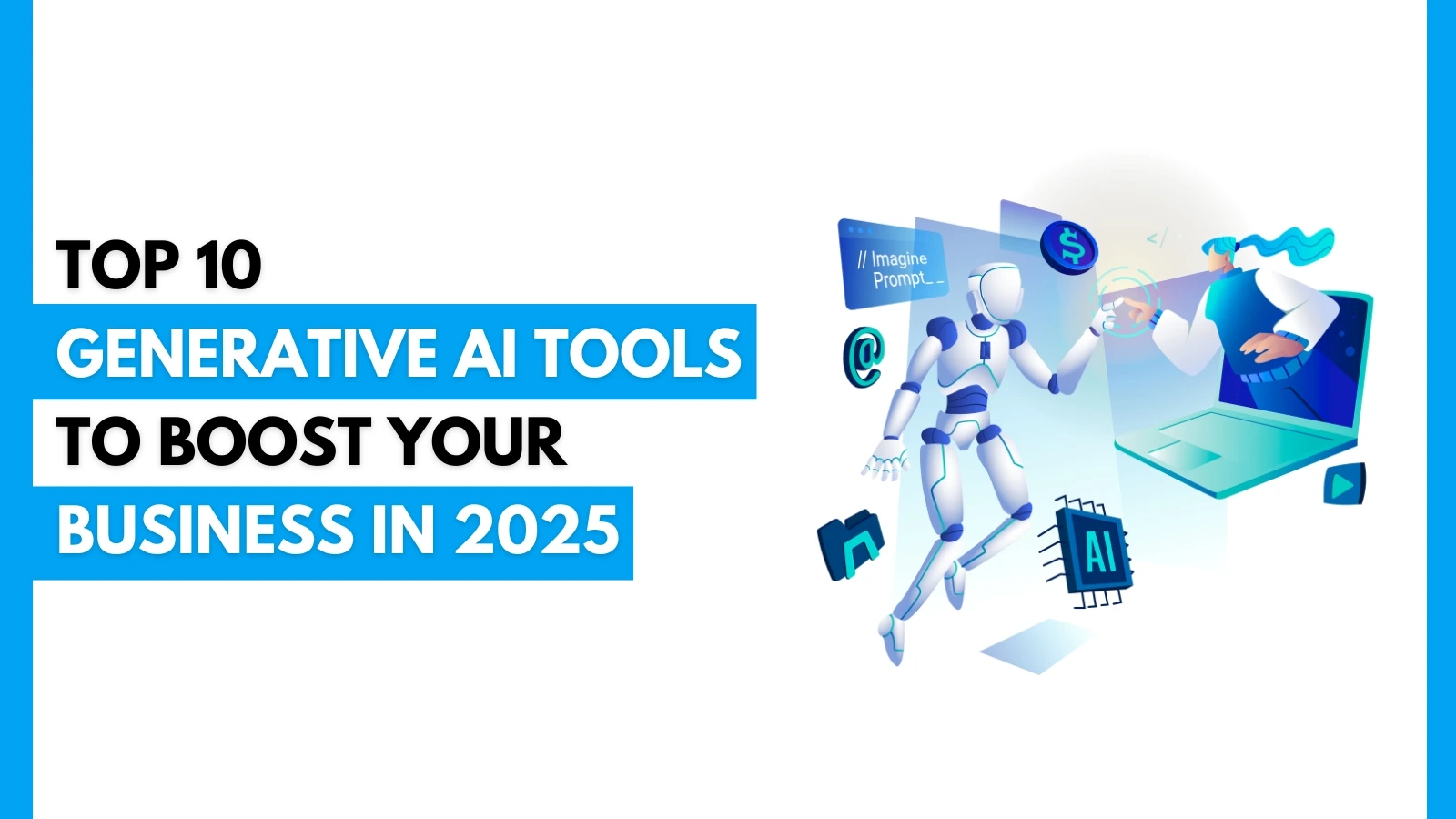
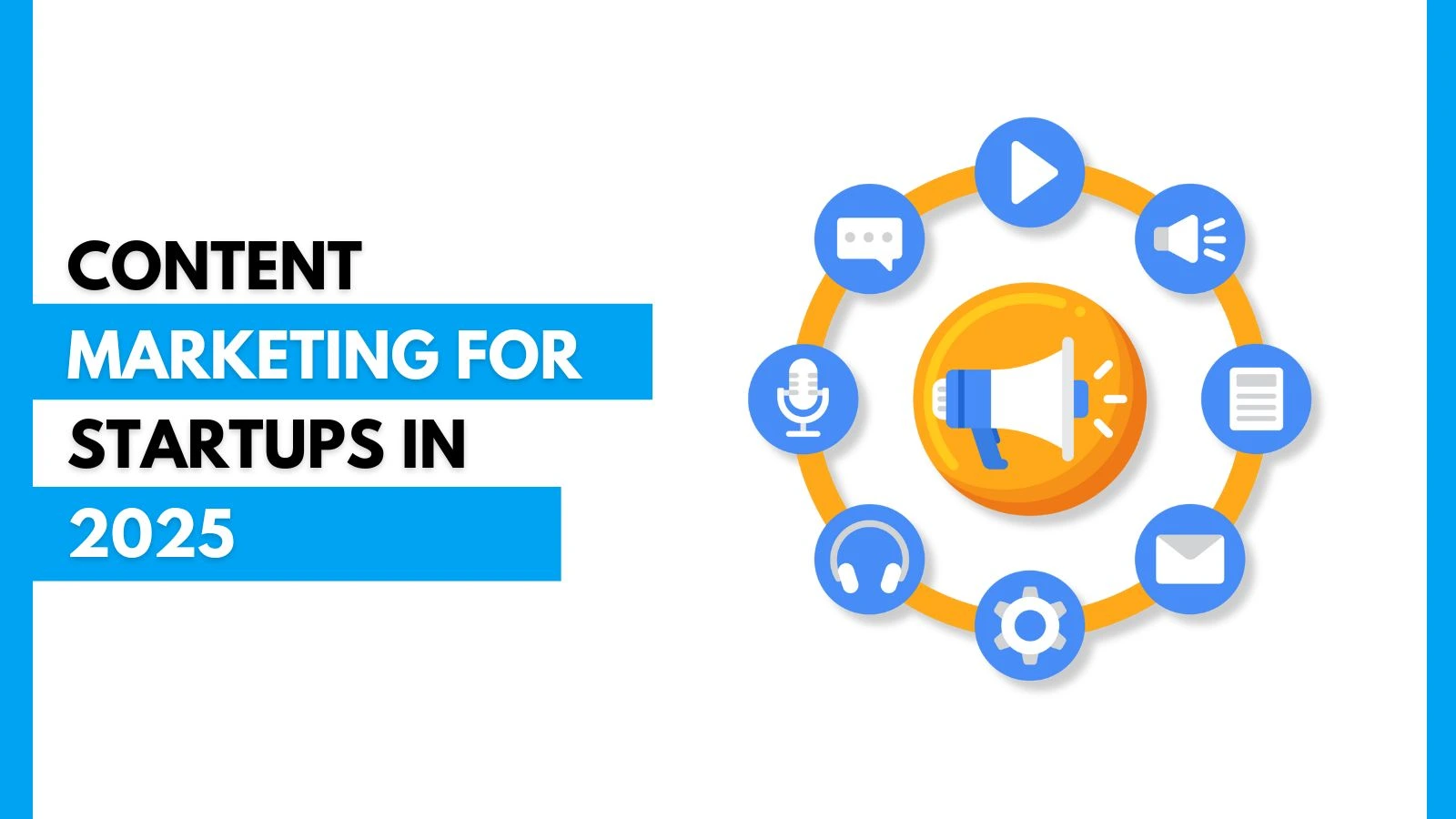


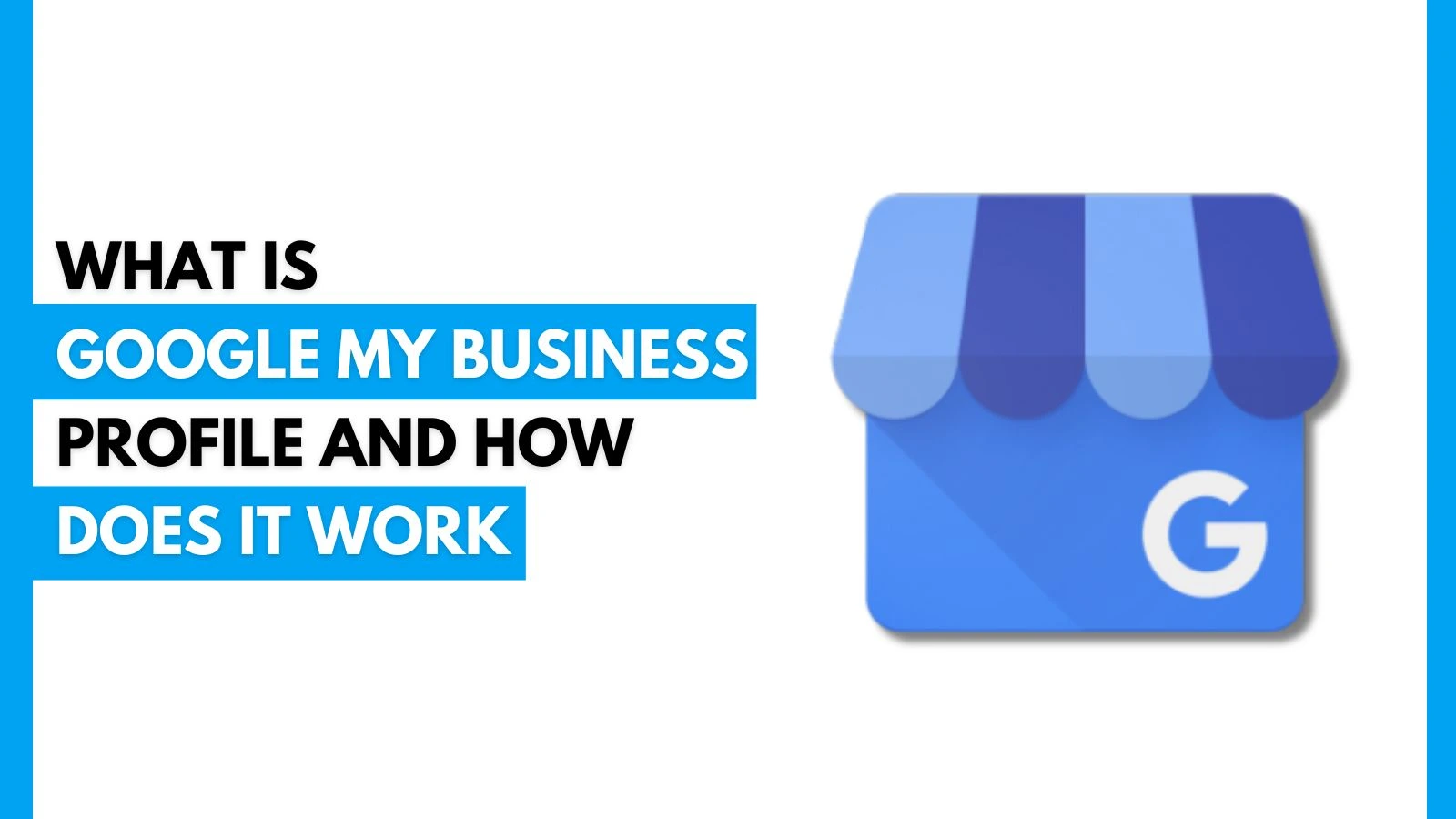
.webp)
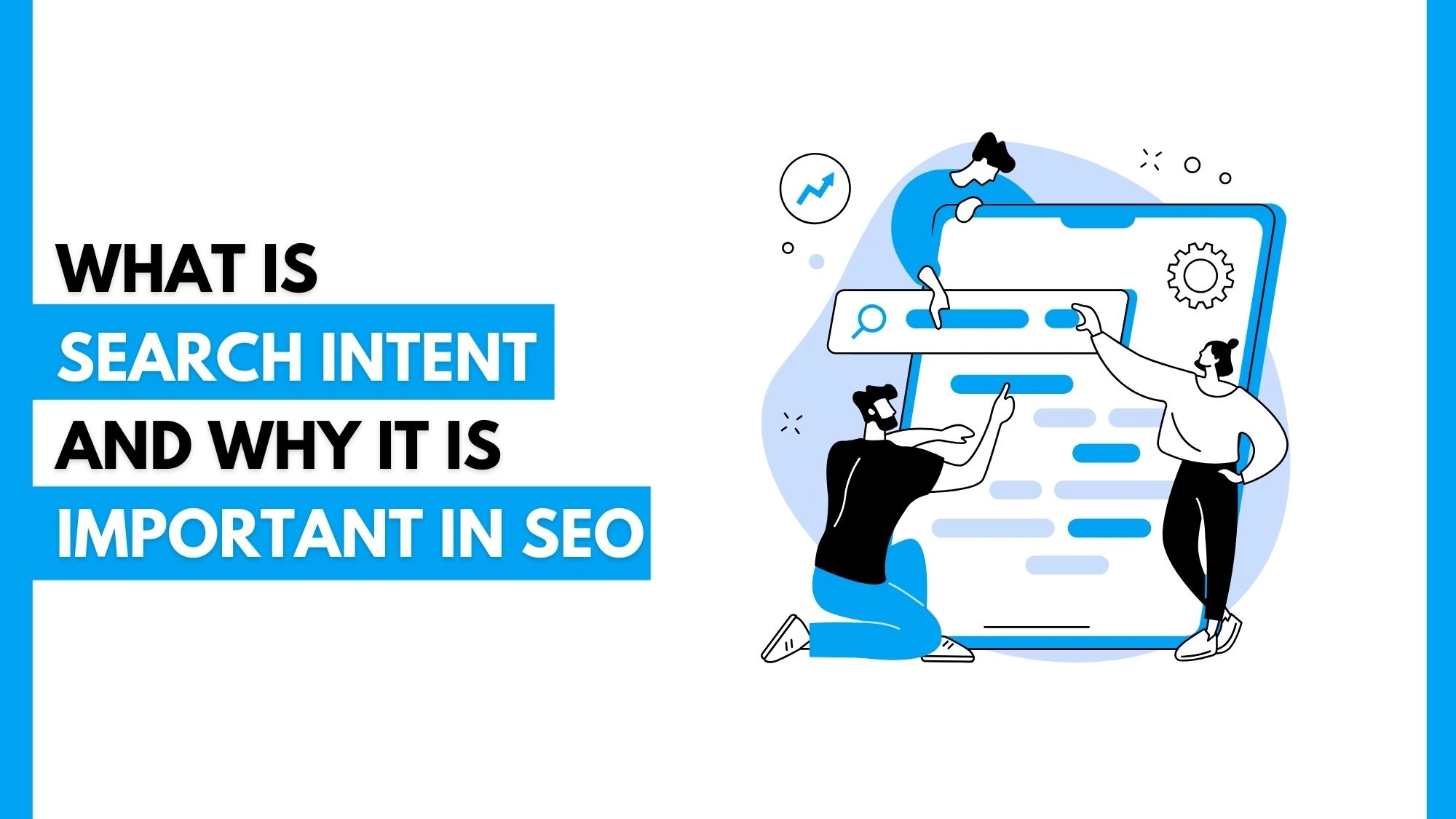


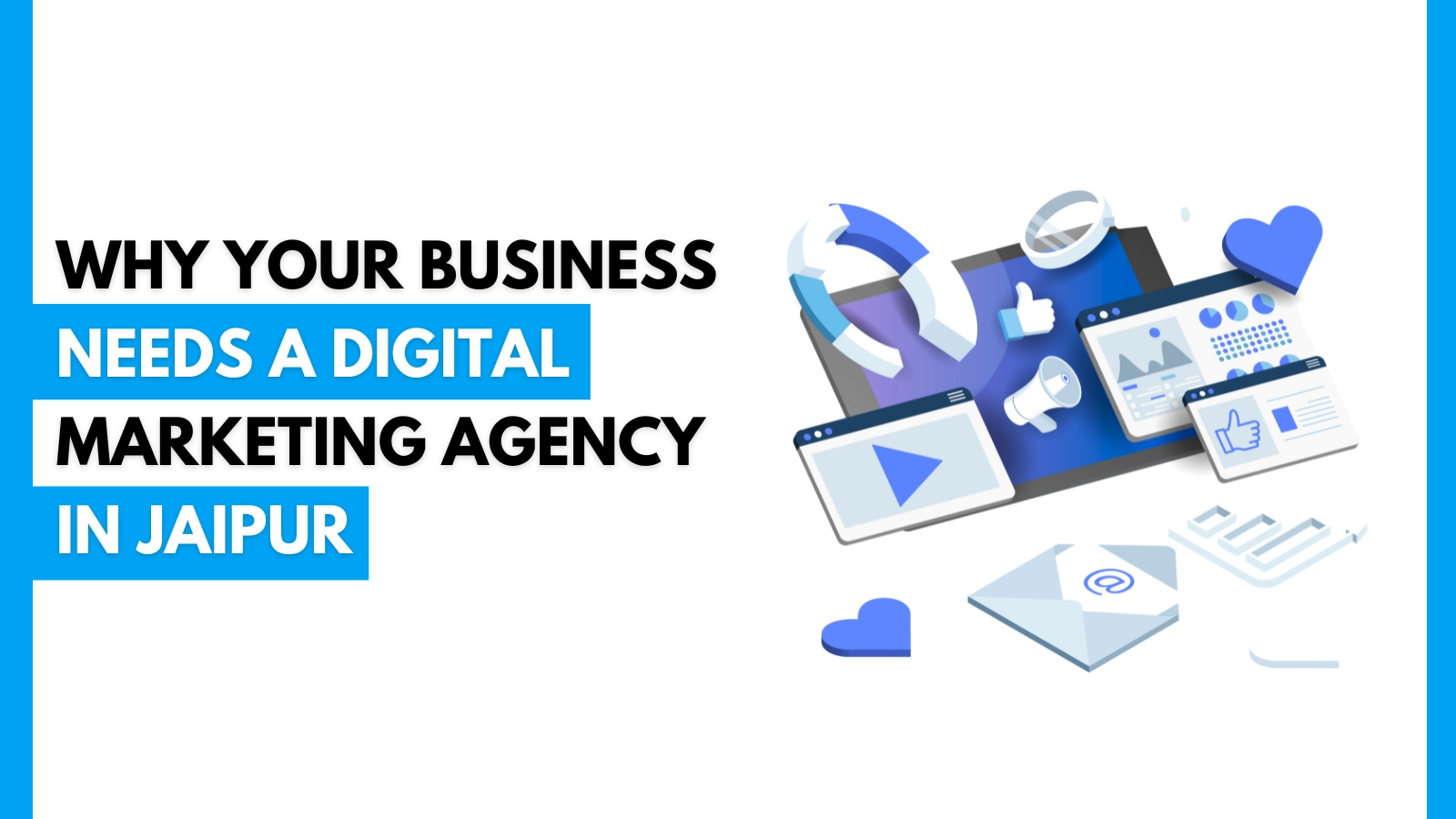


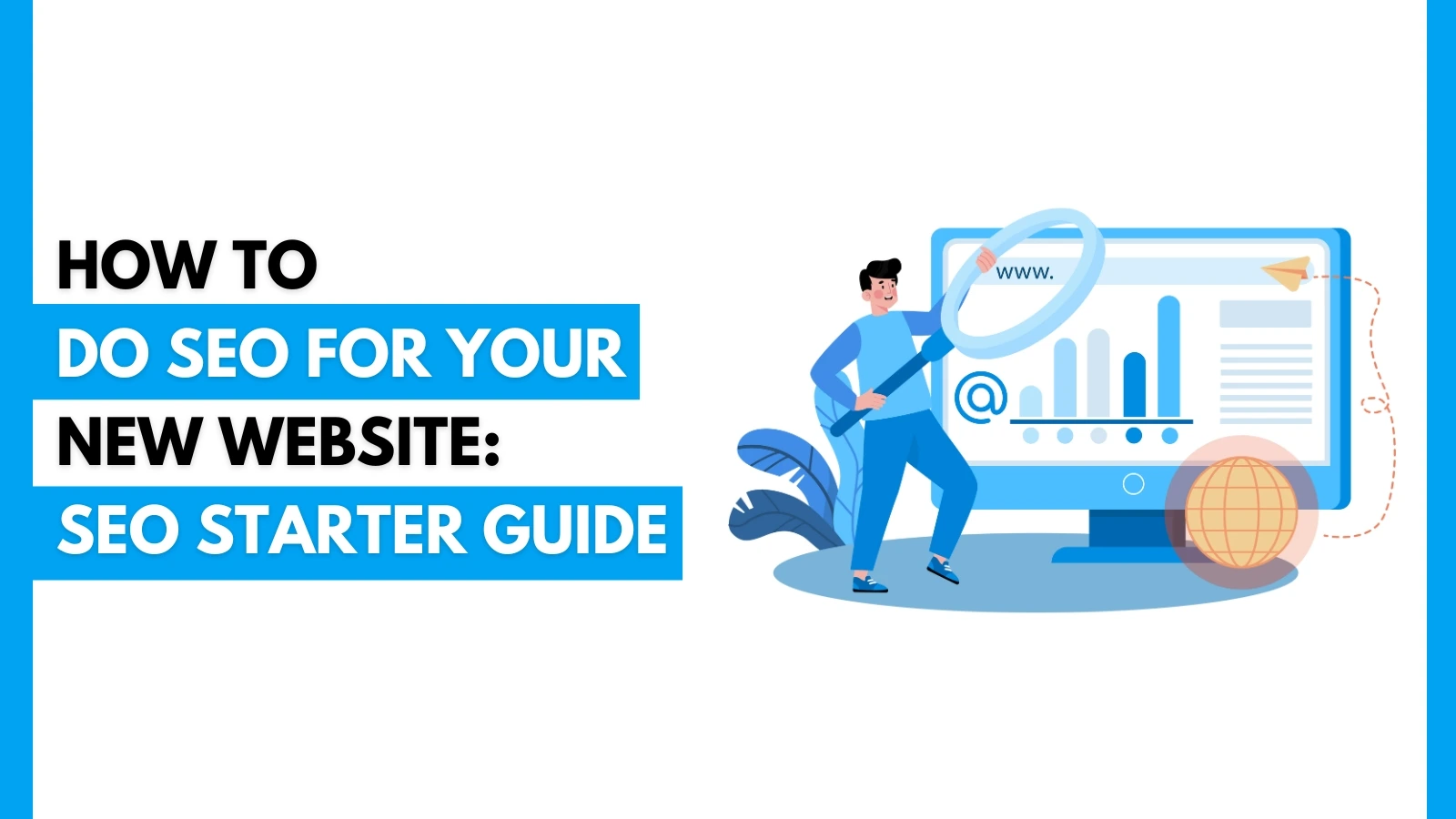

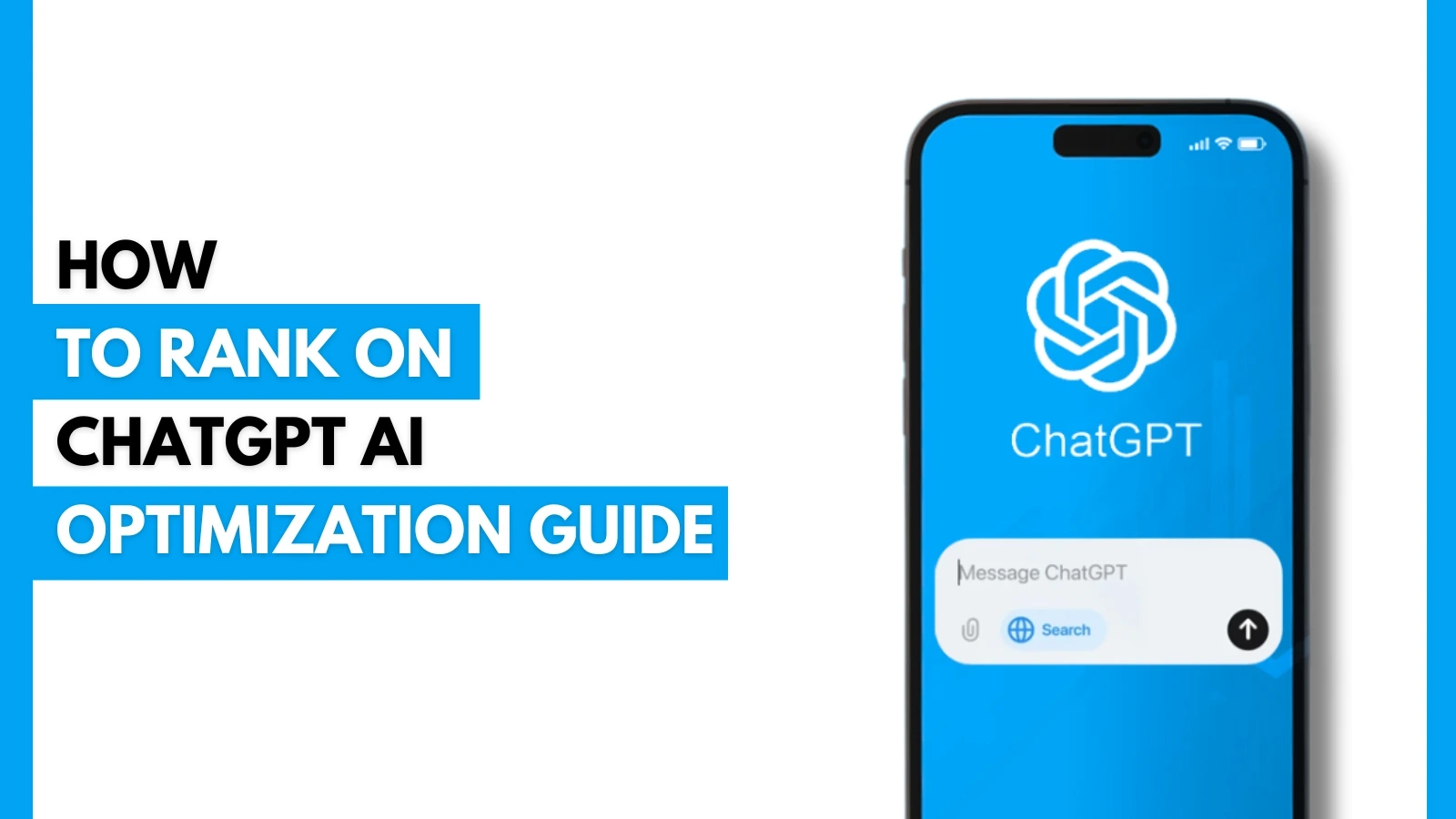


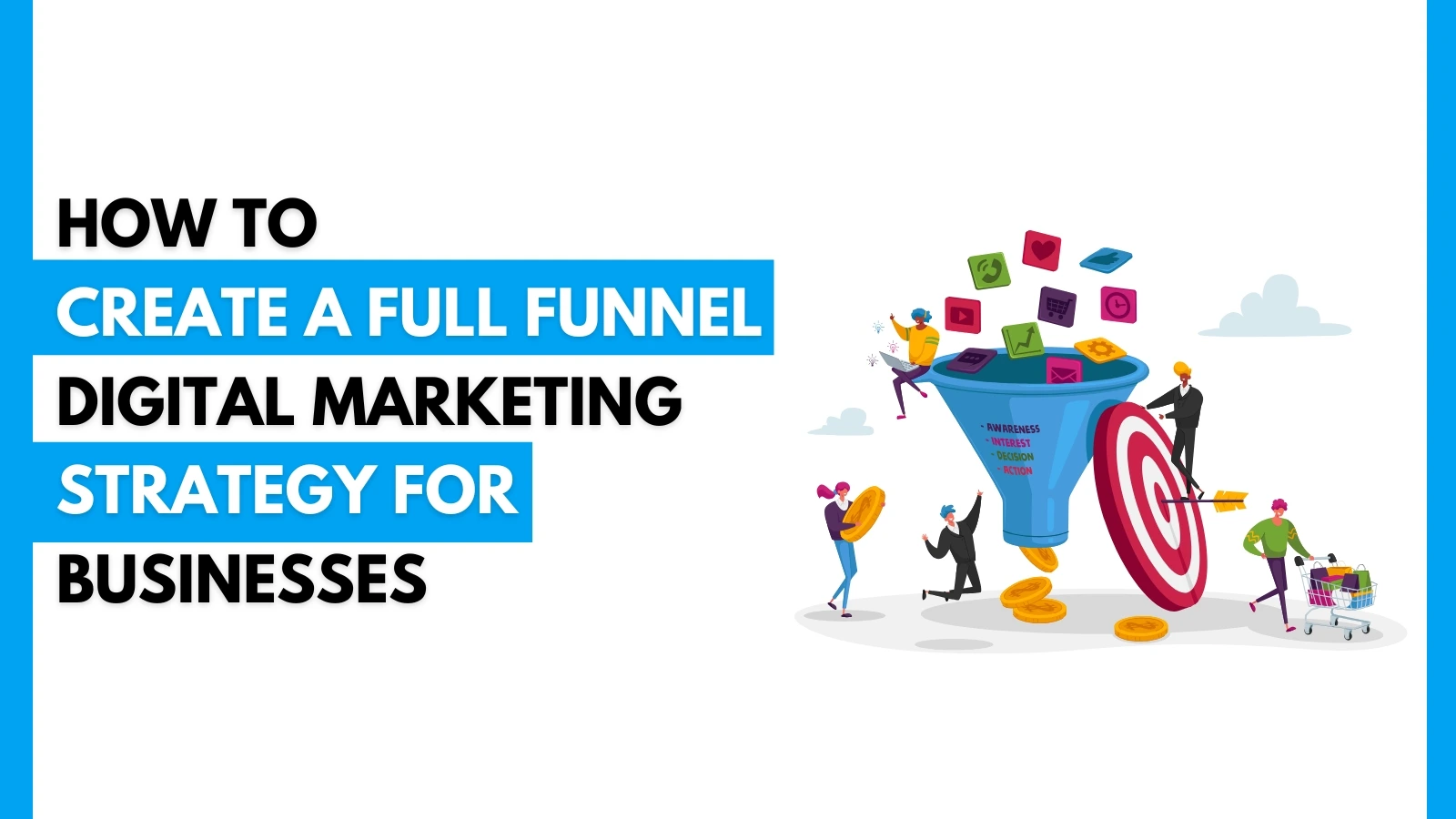
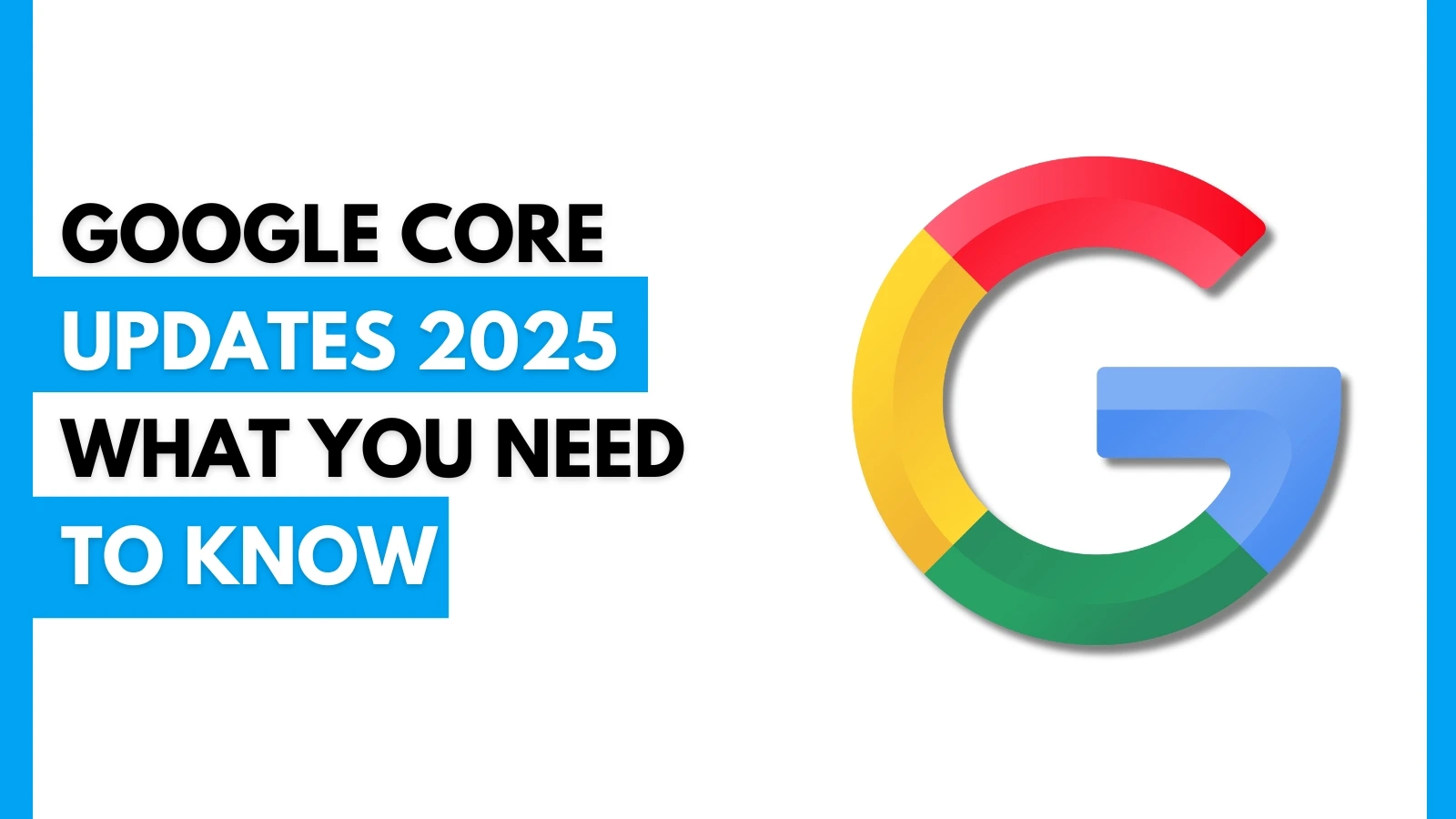





.webp)






















 A Complete Guide.webp)











































.jpg)










 Efficiently.jpg)
.jpg)
























.jpg)
.jpg)
























.jpg)


















.jpg)
.jpg)




























.webp)





.jpg)


















 Campaign.jpg)




.jpg)

.jpg)

.png)



.jpg)



.jpg)
.jpg)
.jpg)



.jpg)








.png)
.jpg)




.jpg)

.jpg)
.jpg)


.jpg)


.jpg)



.jpg)





















.jpg)














.png)





















.jpg)






.png)

.png)



.png)

.png)
.png)



.png)
.png)
.png)
.png)
.png)

.png)
.png)
.png)
.png)
.png)
.png)
.png)
.png)
.png)
.png)
.png)

.png)
.png)
.png)
.png)
.png)
.png)
.png)
.png)
.png)



.png)
.png)
.png)

.png)
.png)
.png)
.png)
.png)
.png)
.png)
.png)
.png)
.png)
.png)
.png)
.png)
.png)
.png)
.png)
.png)
.png)
.png)
.png)
.png)
.png)
.png)
.png)
.png)
.png)
.png)
.png)
.png)
.png)
.png)


.png)
.png)

.png)
.png)
.png)
.png)
.png)
.png)
.png)
.png)
.png)
.png)
.png)
.png)
.png)
.png)
.png)
.png)
.png)
.png)
.png)
.png)

.png)
.png)
.png)

.png)
.png)
.png)
 (1).png)
.png)
.png)
.png)
.png)
.png)
.png)
.png)
.png)

.png)

.png)
.png)
.png)
.png)
.png)
.png)
.png)

.png)
.png)
.png)
.png)
.png)
.png)
.png)
.png)
.png)
.png)
.png)
.png)
.png)
.png)
.png)
.png)


.png)
.png)
.png)
.png)
.png)
.png)
.png)

.png)
.png)
.png)
.png)
.png)
.png)
.png)
.png)
.png)

.png)
.png)

.png)
.png)
.png)

.png)
.png)
.png)

.png)
.png)
.png)
.png)
.png)
.png)
.png)
.png)
.png)
.png)
.png)
.png)
.png)
.png)
.png)
.png)
.png)
.png)
.png)